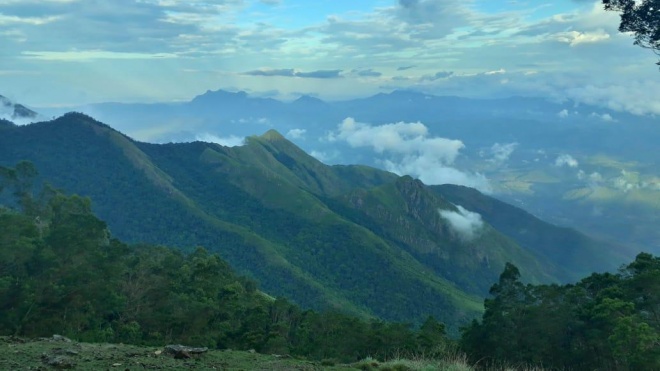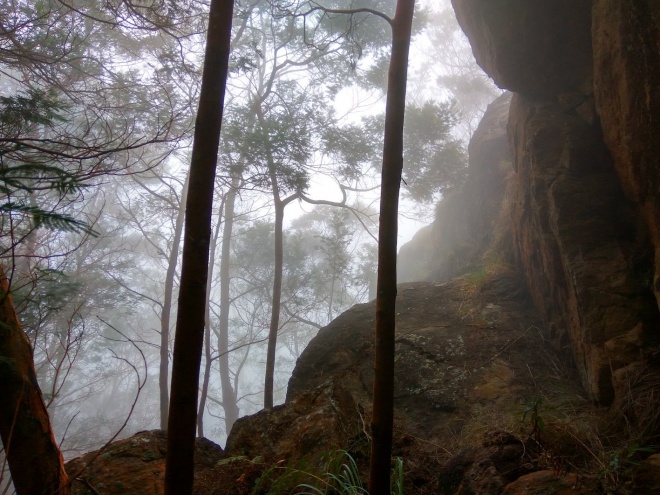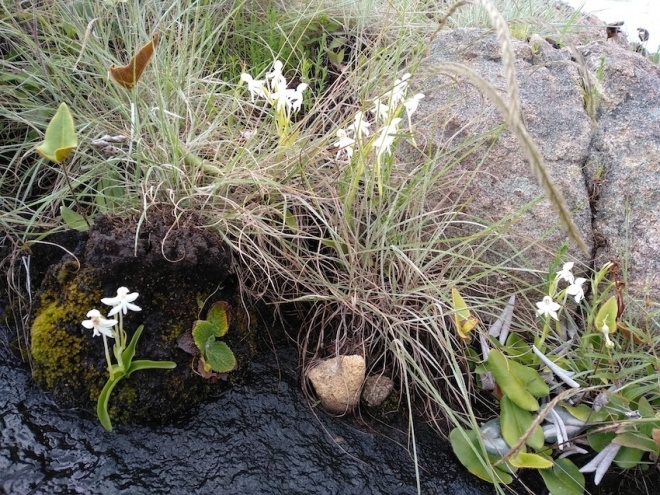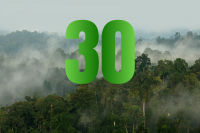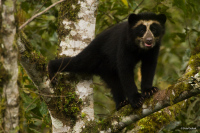This purchase represents the first stage of the establishment of a second Gurukula Botanical Sanctuary and will follow the same successful model of nurturing natural landscapes using a range of conservation strategies and the unique combination of skills of Gurukula’s ecosystem gardeners.
Read more about Gurukula Botanical Sanctuary here.
The Shola forests of the Nilgiri Plateau are some of the most threatened in the Western Ghats, with over 1,000 native plant species of which 40% are endemic and many appear on the IUCN Red List. These mountainous grasslands are also home to many other rare and endemic species such as the tiger Panthera tigris, Nilgiri tahr Nilgiritragus hylocrius and the Nilgiri langur Trachypithecus johnii which are also on the IUCN Red List.
A name for this second project is being explored; Thiriyannara, meaning Turning Stream, is the inherited name for the land. Options being considered include Thiriyannara Refuge or Turning Stream Refuge.

